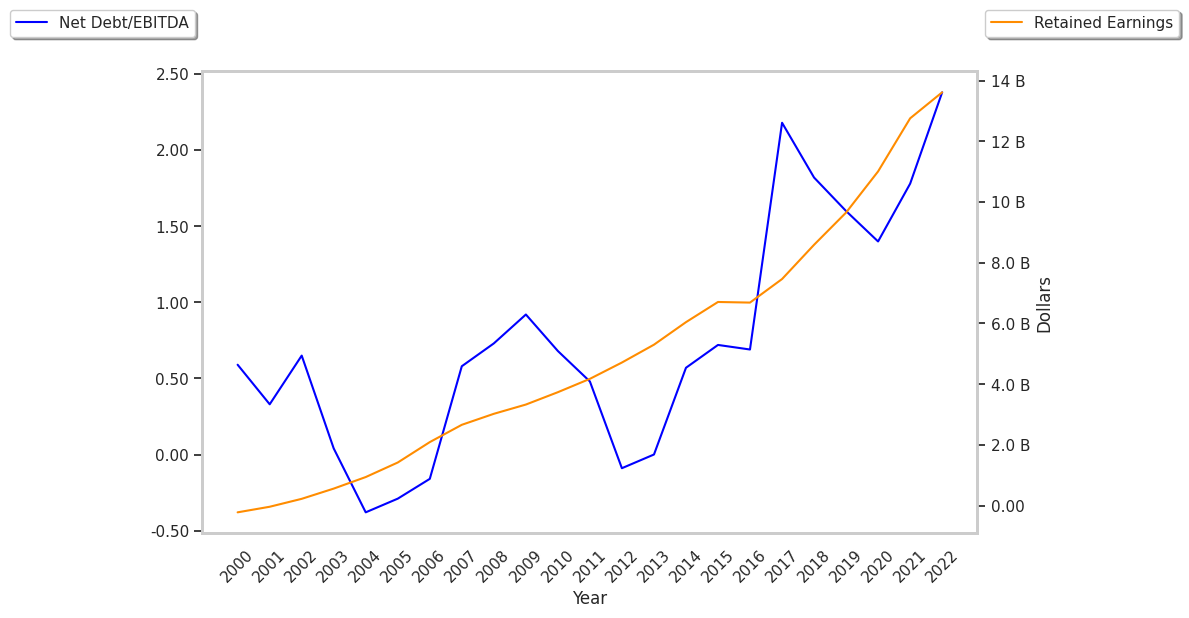Diversified Financial company Moody's is taking Wall Street by surprise today, falling to $476.7 and marking a -6.9% change compared to the S&P 500, which moved 1.0%. MCO is -12.27% below its average analyst target price of $543.4, which implies there is more upside for the stock.
As such, the average analyst rates it at buy. Over the last year, Moody's has underperfomed the S&P 500 by -11.1%, moving 4.4%.
Moody's Corporation operates as an integrated risk assessment firm worldwide. The company is part of the financial services sector, alongside a staggering variety of banking, mortgage, insurance,and credit service companies. If there is one common denominator among all companies in the sector, it’s that they are all dedicated to maintaining and developing new systems for the storage and transfer of value and risk.
Moody's's trailing 12 month P/E ratio is 40.5, based on its trailing EPS of $11.77. The company has a forward P/E ratio of 30.6 according to its forward EPS of $13.32 -- which is an estimate of what its earnings will look like in the next quarter. As of the third quarter of 2024, the average Price to Earnings (P/E) ratio for US finance companies is 15.92, and the S&P 500 has an average of 29.3. The P/E ratio consists in the stock's share price divided by its earnings per share (EPS), representing how much investors are willing to spend for each dollar of the company's earnings. Earnings are the company's revenues minus the cost of goods sold, overhead, and taxes.
To deepen our understanding of the company's finances, we should study the effect of its depreciation and capital expenditures on the company's bottom line. We can see the effect of these additional factors in Moody's's free cash flow, which was $2.52 Billion as of its most recent annual report. Over the last 4 years, the company's average free cash flow has been $1.85 Billion and they've been growing at an average rate of 6.7%. With such strong cash flows, the company can not only re-invest in its business, it can afford to offer regular returns to its equity investors in the form of dividends. Over the last 12 months, investors in MCO have received an annualized dividend yield of 0.7% on their capital.
Value investors often analyze stocks through the lens of its Price to Book (P/B) Ratio (its share price divided by its book value). The book value refers to the present value of the company if the company were to sell off all of its assets and pay all of its debts today - a number whose value may differ significantly depending on the accounting method. Moody's's P/B ratio is 21.65 -- in other words, the market value of the company exceeds its book value by a factor of more than 21, so the company's assets may be overvalued compared to the average P/B ratio of the Finance sector, which stands at 1.78 as of the third quarter of 2024.
Since it has a higher P/E ratio than its sector average, a higher than Average P/B Ratio, and generally positive cash flows with an upwards trend, Moody's is likely fairly valued at today's prices. The company has mixed growth prospects because of an inflated PEG ratio and strong operating margins with a stable trend. We hope you enjoyed this overview of MCO's fundamentals. Be sure to check the numbers for yourself, especially focusing on their trends over the last few years.



